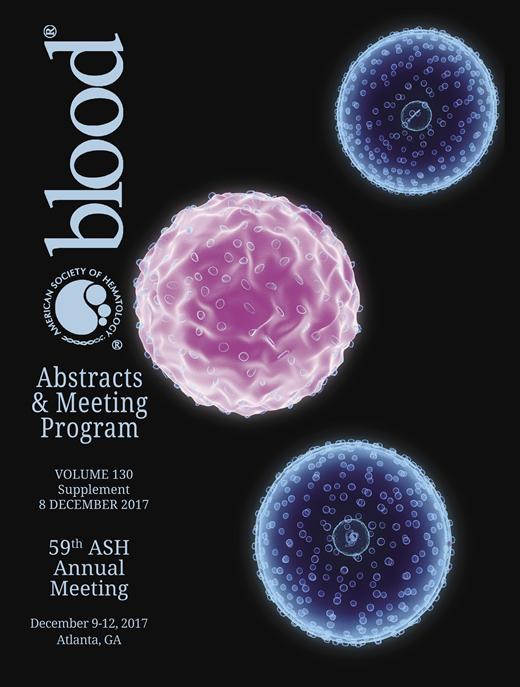Abstract
The orexins are neuropeptides that are synthesized in the perifornical area (PFA), lateral hypothalamus (LH) and dorsomedial hypothalamus (DMH) and mediate arousal, sleep, energy balance, food and drug reward. The LH region is associated with reward, while the PFA and DMH are more associated with stress and arousal. Data suggest that orexin-A has an analgesic effect on inflammatory pain and it may affect mechanisms underlying the maintenance of neuropathic pain. To date, there have been no published studies to investigate this system as a potential target to treat neuropathic pain in a mouse model of sickle cell disease (SCD). Therefore, we seek to determine activational and topographical differences in neuronal activation of the orexin system in a mouse model of SCD by using an array of behavioral measures to characterize pain in transgenic mice expressing human hemoglobin.
Female transgenic sickle mice that express exclusively (99%) human sickle hemoglobin (HbSS) and age-/gender-matched controls (HbAA mice; n = 5/group, 20-30g) expressing normal human hemoglobin A are used in the study. All behavioral tests are performed in a quiet room maintained at a constant temperature of 23- 25°C. All mice are habituated to each test protocol and environment for at least three consecutive days before collecting baseline measurements and testing. Three measures are used to assess pain-related behaviors: thermal/heat hyperalgesia (test for heat sensitivity), cold hyperalgesia (for cold sensitivity), and mechanical hyperalgesia (sensitivity to mechanical stimulus). Ninety minutes after the pain assessment testing, brains from HbAA and HbSS mice are quick frozen and hypothalamic brain sections from the mice are processed to visualize orexin-A and c-Fos using double label immunohistochemistry.
Preliminary analyses show that significant topographical differences are observed in LH versus PFA for HbAA and HbSS mice (p<0.05) and LH versus DMH for HbAA and HbSS mice (p<0.05). This indicates that the number of double labeled neurons in the LH is significantly lower than the number of double labeled neurons in the PFA and DMH of HbAA and HbSS mice. Additionally, a significant topographical difference is observed in LH versus DMH for only HbSS mice (p<0.05). These data demonstrate that the number of activated orexin neurons is greater after pain testing in the DMH (a region more associated with stress and arousal) versus LH in HbSS mice. There is a trend towards a significant increase in activated LH orexin neurons in HbAA versus HbSS mice. Additional studies are underway to determine whether fewer reward-associated, orexin neurons in the LH are activated in HbSS versus HbAA mice after pain testing, and whether this decrease in orexin activation may provide a possible explanation for the increased hyperalgesia in HbSS sickle mice, which contributes to neuropathic pain observed in SCD.
Gupta: Tautona Group: Consultancy, Honoraria; Fera Pharmaceuticals LLC: Consultancy, Honoraria.
Author notes
Asterisk with author names denotes non-ASH members.

